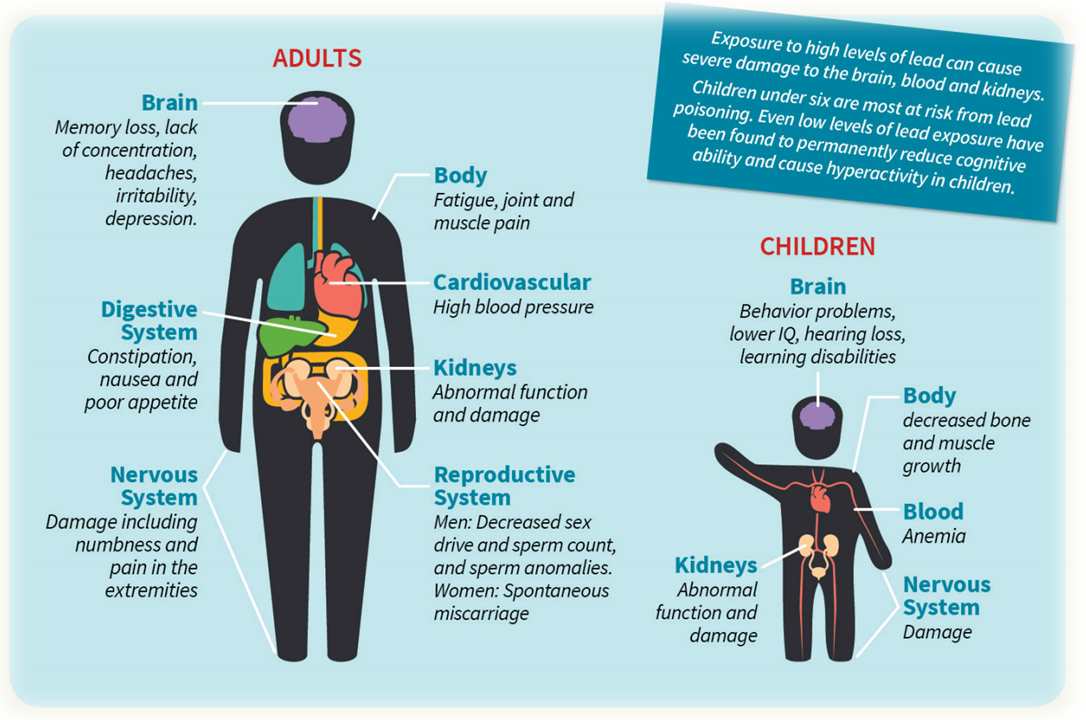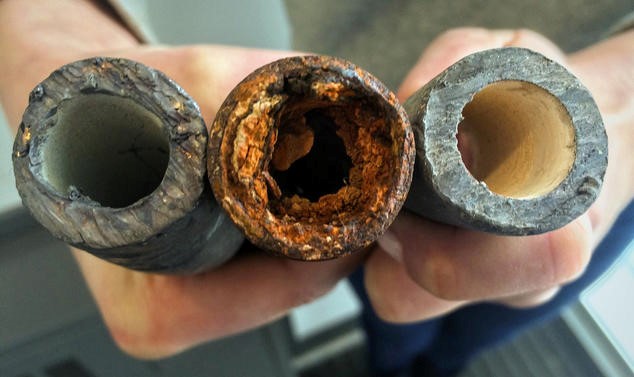Several properties in the country have exceeded the limit on the amount of lead allowable in drinking water. Under the Freedom of Information act, it was found that Irish Water had sampled 422 properties, nine of which were being supplied with dangerous amounts of lead. One property in Dublin contained ten times the legal limit – far too much, especially when one considers the World Health Organization stated that there is no definitively known safe level of lead exposure. If the percentage of affected dwellings affected is scaled up to the 1.5 million inhabited houses and apartments in the State, it could be guessed that as many as thirty thousand residences are affected by lead in their drinking water.
Irish Water note that the failures are likely due to outdated lead piping on people’s properties, as water leaving treatment plants is free from the metal and there are no lead mains in Ireland. It can’t be tasted, seen, or smelt in drinking water – but the body says lead pipes are unlikely to be an issue for properties built after the 1970’s. Details for identifying the likelihood of having lead pipes in your property can be found on the Irish Water website. Information on grants for restoring the water supplies and replacing them can be found online at citizensinformation.ie and housing.gov.ie.
Exposure to lead shows a host of health implications, particularly in the long term, with the life expectancy decreasing in communities with greater lead exposure. Lead is a cumulative toxicant – it is generally only found in the environment after human activity has introduced it, and exposure to it causes it to build up in bones and teeth. Release from bones into blood during pregnancy causes the foetus to be exposed. Children and adolescents exposed to lead even in low levels can suffer adverse effects, notably in their nervous systems. In adults, the effects of lead exposure may not be realised until many years later.

1 Newstalk, Drinking water at Dublin property found to have 10 times legal limit of lead, https://www.newstalk.com/news/drinking-water-dublin-lead-limit-890807, (accessed 13 August 2019).
2 CSO, Census of Population 2016 – Profile 1 Housing in Ireland, https://www.cso.ie/en/releasesandpublications/ep/p-cp1hii/cp1hii/hs/, (accessed 14 August 2019).
3 Irish Examiner, Drinking water in Dublin found to have 10 times the legal limit of lead, https://www.irishexaminer.com/breakingnews/ireland/drinking-water-in-dublin-found-to-have-10-times-the-legal-limit-of-lead-942044.html, (accessed 13 August 2019).
4 WHO, Lead Poisoning and Health, https://www.who.int/news-room/fact-sheets/detail/lead-poisoning-and-health, (accessed 13 August 2019).
5 Irish Water, Is there lead in my drinking water?, https://www.water.ie/support/questions-and-answers/lead-pipes-information-for-customers/, (accessed 13 August 2019).
6 A. Rosin, Isr. Med. Assoc. J. IMAJ, 2009, 11, 689–694.
7 J. Liu, X. Liu, W. Wang, L. McCauley, J. Pinto-Martin, Y. Wang, L. Li, C. Yan and W. J. Rogan, JAMA Pediatr., 2014, 168, 737–745.
Featured Image: National Water Service, https://nationalwaterservice.com/, (accessed 13 August 2019).
Infographic: Who We Are, https://www.cleanwateraction.org/about/who-we-are, (accessed 13 August 2019).

